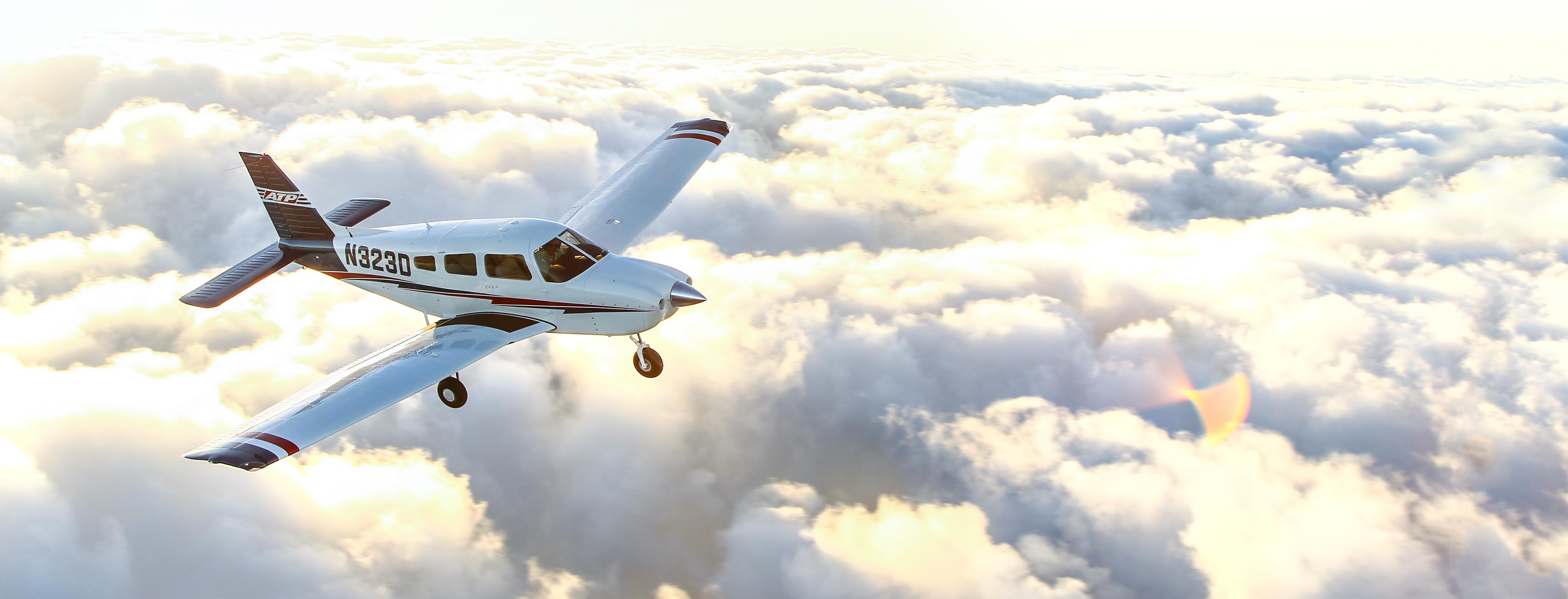How to Become a Pilot: Complete Step-By-Step Guide for 2025
Ready to learn how to become a pilot? ATP Flight School has helped thousands just like you become pilots. This comprehensive guide walks you through every essential step — from selecting the right flight school to earning your pilot certificate.

Here are the steps you take to become a pilot:
-
Step 1
1. Research Pilot Schools
The first step to become a private or commercial pilot is to research your flight training options. Learn and compare available programs offered by flight schools, and pick the best match for your aviation goals. Choosing the right course is crucial for achieving your aviation career goals efficiently.
-
Step 2
2. Take an Introductory Flight
An Introductory Flight, also called a discovery flight, is an introductory flight lesson that will allow you to compare flight schools and training programs. During your flight, you will experience first-hand the training, aircraft, and quality of instruction a flight school will offer you. It is also a great way to get a better sense of what it's like to fly from behind the controls.
Take Your First Flight with ATP: No-Obligation or Experience Required – Free Cancellation
-
Step 3
3. Apply for FAA Medical Certificate
Pilots must meet basic medical requirements to fly. If you want to fly professionally, you must meet higher medical standards than recreational pilots and should apply for a first class medical certificate through an Aeromedical Examiner (AME).
-
Step 4
4. Apply for FAA Student Pilot Certificate
Apply for a student pilot certificate through the FAA's Integrated Airman Certification and Rating Application (IACRA) website (your flight instructor can help with this). While you don't need a student pilot certificate to start flying lessons, you will need it to fly solo during your training.
-
Step 5
5. Start Flight Training Lessons
Start taking flight training lessons and begin working towards obtaining the aeronautical knowledge and pilot training experience requirements needed to become a private pilot. Accumulating flight hours is a crucial part of the training process. Intensive training can also help you learn faster and more efficiently.
-
Step 6
6. Pass Private Pilot Knowledge Test
During your private pilot flight training, you will need to take and pass the computer-based FAA private pilot knowledge test. To be eligible for the test, you must receive an endorsement from your flight instructor. Ground school plays a vital role in preparing for the test.
-
Step 7
7. Pass Private Pilot Practical Exam
The final step in earning your FAA private pilot certificate is to take a practical exam with a Designated Pilot Examiner (DPE). This exam consists of both an oral and a flight portion, and once completed you will be a private pilot.
